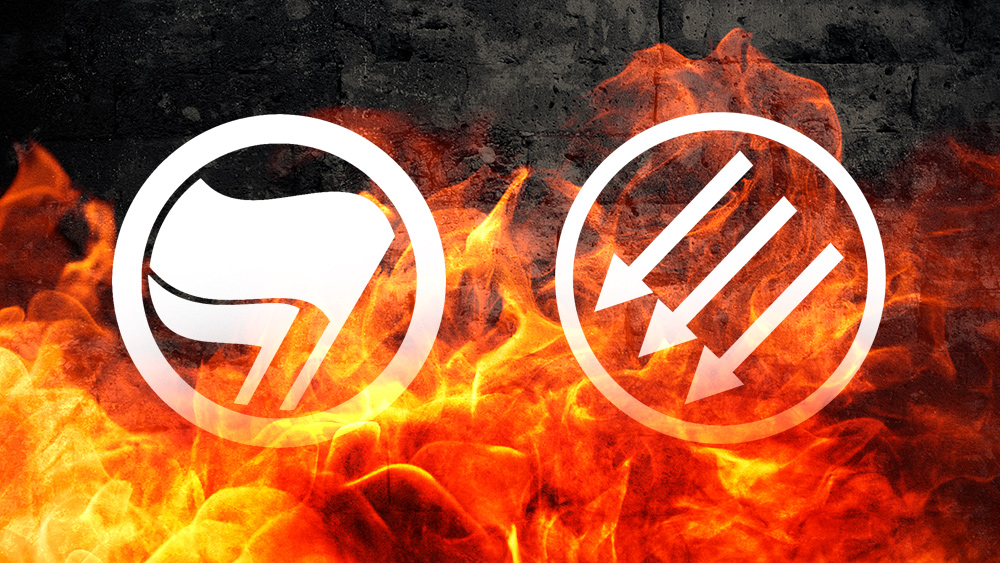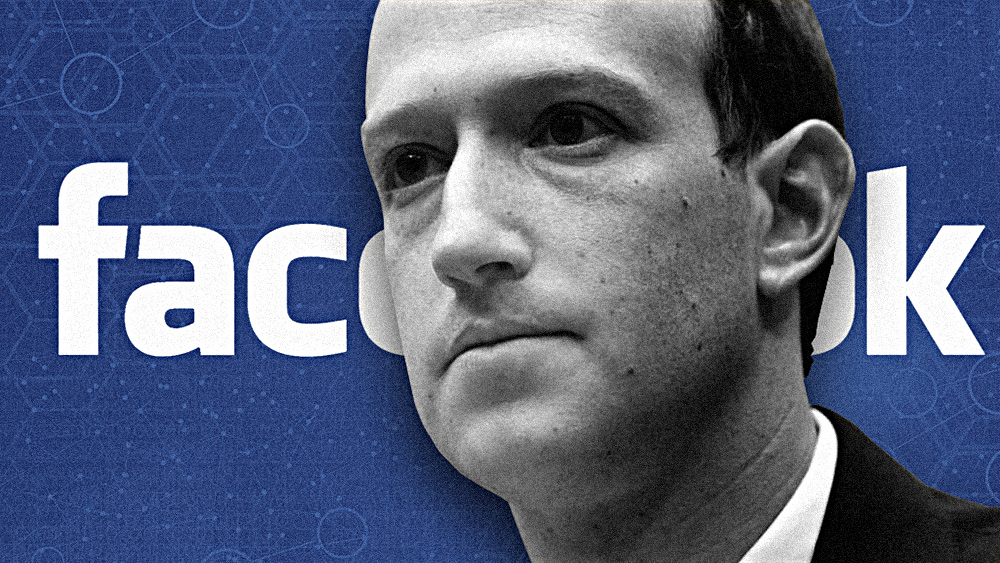Big Pharma RAMPAGE: Man murders doctor who refused to prescribe opioids to his wife
08/19/2017 / By Rhonda Johansson

A murder-suicide is being implicated in the ongoing and growing opioid addiction crisis besmirching Indiana. Michael Jarvis shot Dr. Todd Graham after the latter refused to prescribe opioids to the former’s wife to help alleviate her chronic pain. Jarvis later committed suicide. The police are still investigating if drug addiction played a role in the killing and caution the public not to jump to conclusions.
In a press conference, St. Joseph County Prosecutor Ken Cotter said that Jarvis and his wife had visit Dr. Graham last July 26. Jarvis’ wife had been complaining of severe pain and asked Dr. Graham to prescribe her a few opioids for relief. Dr. Graham refused. The couple left soon afterwards. Allegedly, Jarvis drove back a few hours later; this time, armed with a gun. The two argued in the parking lot. Two witnesses saw the argument and were ordered by Jarvis to leave.
Police say that Jarvis then shot Dr. Graham and drove to a friend’s home, where “he gave indication that he was no longer going to be around.” The friend became concerned and notified the police. However, Jarvis had already shot himself in his home before the police arrived.
Jarvis’ wife is not being seen as a suspect in the crime. Investigators believe she had no knowledge of her husband’s intentions to murder the doctor or take his own life.
Law enforcement officers are pursuing the avenue that Jarvis may have wanted the drugs for himself. Cotter addressed the media by saying, “there’s some indication that Jarvis may have also had his own issues. We’re still investigating that….we’re talking about a man who made a choice to kill another person. We’re not talking about the opioid problem…was that a contributing factor in his decision? We don’t know that yet.”
Dr. Graham was a physical medicine and rehabilitation specialist at the South Bend Orthopaedics. He was 56 and is survived by his wife and three children.
A growing crisis
The Midwestern state has seen a nearly 60 percent increase in opioid overdose E.R. visits in only five years. The Indiana State Department of Health estimate that the state’s emergency room sees around 400 overdose visits a week; a number, they say, that is only expected to rise as access to illegal drugs and opioids becomes easier. (Related: The United States has crossed the pandemic threshold in the opioid epidemic…and Big Pharma keeps cashing in.)
Gov. Eric Holcomb recently added five addiction centers to help treat opioid addicts, including the use of controversial drug methadone as a treatment. “If I could only accomplish but one thing in my time, it would be to bend that trajectory [of increased overdose deaths], to bend that arc down on the course that we’re currently on,” he told IndyStar.
Critics of this controversial decision say that addicts are just trading one addiction for another. Nevertheless, Indiana officials say that medication-assisted methadone-use can help addicts wean from their drug habit after federally-approved drugs Suboxone and Vivitrol. One interesting fact to consider is that methadone is also the cheapest option among the three drugs. Dr. Jennifer Walthall, secretary of the Family and Social Administration, insists on the treatment, saying, “we have said over and over that we wanted all the tools in the toolbox.” She says that addicts should have all treatment options available to them.
There are patients who have used methadone to help treat their opioid addiction and say that the drug has helped give their lives back.
The future of healthcare in the state is still unclear.
Read more stories like this on DangerousMedicine.com.
Sources include:
Tagged Under: crime, drug addiction, murder, murder-suicide, Opioid, opioid addiction
RECENT NEWS & ARTICLES
COPYRIGHT © 2017 VIOLENCE NEWS



















